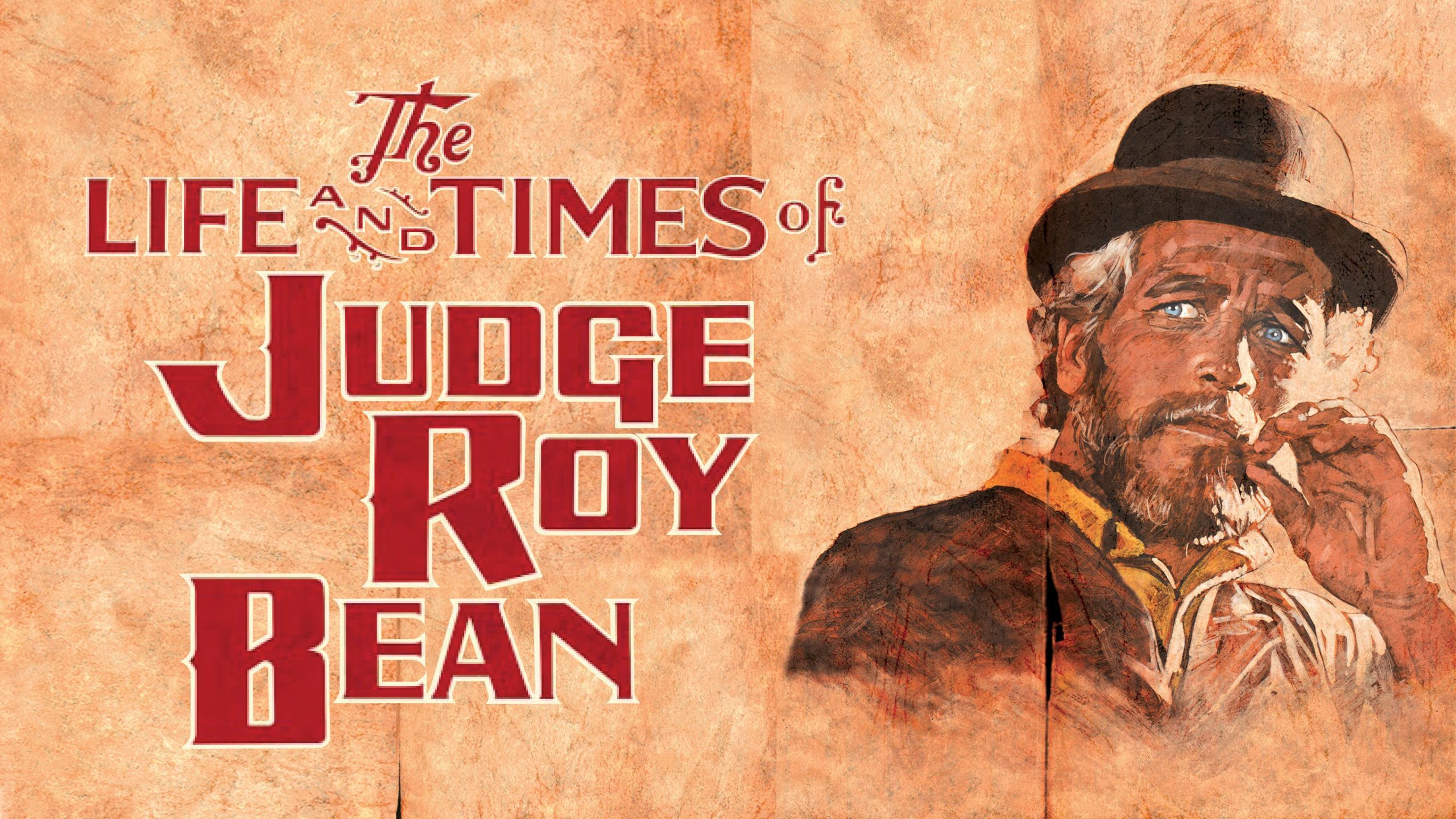quartetoolinda.com – “The Life and Times of Judge Roy Bean” is a 1972 American western comedy-drama film directed by John Huston. This film offers a whimsical yet thought-provoking take on the life of the infamous Judge Roy Bean, a self-appointed arbiter of law in the late 19th century Texas frontier. With a captivating performance by Paul Newman in the titular role, the film blends humor, drama, and a touch of myth-making to explore themes of justice and morality in the Wild West.
Plot Overview
Set in the small, lawless town of Vinegaroon, Texas, the film chronicles the rise of Roy Bean from a drifter to a legendary figure who appoints himself the “only law west of the Pecos.” After surviving an attempted murder by local thugs, Bean establishes a courthouse-saloon and begins dispensing justice with a heavy hand, often guided more by personal whim than by actual law.
The film follows Bean’s adventures as he confronts outlaws, befriends colorful characters, and navigates his infatuation with the famous actress Lily Langtry, whom he idolizes despite never meeting her. His unconventional methods and eccentricities become legendary, as he presides over his makeshift court with a mix of humor and severity.
Character Dynamics
Paul Newman delivers a charismatic performance as Judge Roy Bean, capturing the character’s complexity and contradictions. He is joined by a talented ensemble cast, including Victoria Principal as Maria Elena, a young Mexican woman who becomes an ally and love interest, and Anthony Perkins as Reverend LaSalle, who provides spiritual counsel amidst the chaos.
The film’s narrative is punctuated by cameo appearances from notable actors, including Ava Gardner as Lily Langtry and Stacy Keach as the outlaw Bad Bob. These characters add depth and variety to the story, highlighting the diverse and often eccentric personalities that populate Bean’s world.
Production and Style
Directed by the legendary John Huston, “The Life and Times of Judge Roy Bean” combines elements of traditional westerns with comedic and fantastical storytelling. The film’s visual style captures the rugged beauty of the Texas landscape, while its script, penned by John Milius, infuses the narrative with wit and humor.
The film’s tone is deliberately anachronistic, blending historical facts with fictional embellishments to create a larger-than-life portrayal of Bean’s exploits. This approach allows the film to explore themes of justice, power, and myth-making in a uniquely entertaining fashion.
Cultural Impact
Upon its release, “The Life and Times of Judge Roy Bean” was well-received for its inventive storytelling and Newman’s standout performance. The film’s mix of comedy and drama, along with its examination of the blurred lines between legend and reality, has contributed to its enduring appeal.
As a western that defies genre conventions, the film offers a fresh perspective on the American frontier, challenging traditional narratives and inviting audiences to reconsider the myths that shape historical figures like Judge Roy Bean.
Conclusion
“The Life and Times of Judge Roy Bean” remains a distinct entry in the western genre, celebrated for its blend of humor, drama, and historical fiction. Through its imaginative retelling of Bean’s life, the film invites viewers to explore the complexities of justice and the power of legend in shaping our understanding of history.
